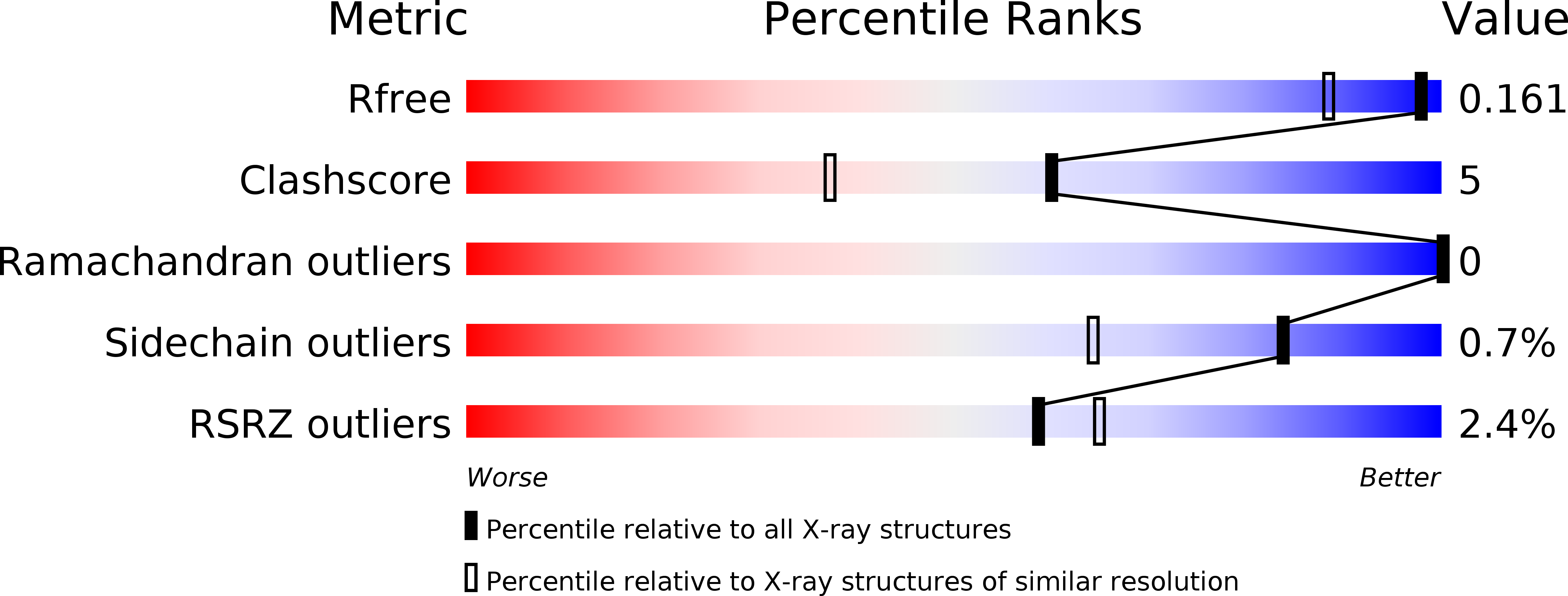
Deposition Date
2007-03-26
Release Date
2007-05-29
Last Version Date
2024-02-21
Entry Detail
PDB ID:
2P9W
Keywords:
Title:
Crystal Structure of the Major Malassezia sympodialis Allergen Mala s 1
Biological Source:
Source Organism:
Malassezia sympodialis (Taxon ID: 76777)
Host Organism:
Method Details:
Experimental Method:
Resolution:
1.35 Å
R-Value Free:
0.15
R-Value Work:
0.13
R-Value Observed:
0.13
Space Group:
P 21 21 2


